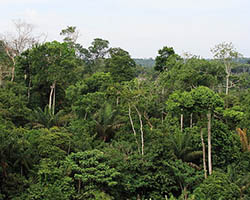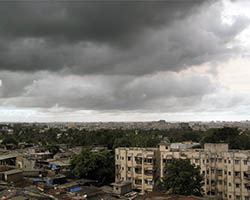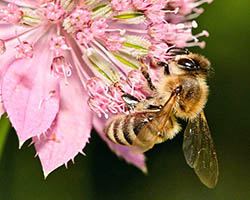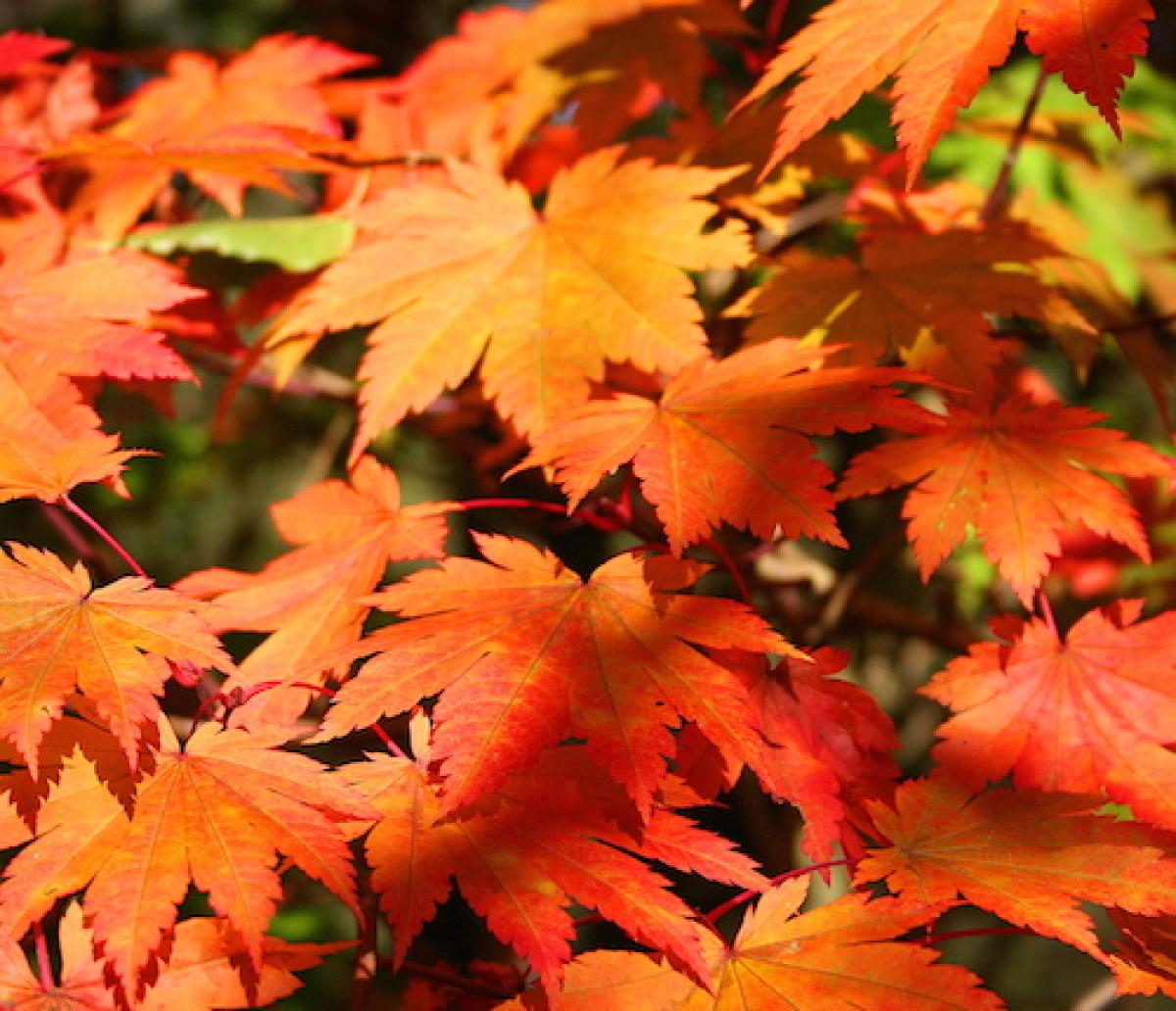Seasons Aren't the Same Everywhere

How would you define winter? If you live at the North Pole, winter is that freezing time when the sun does not shine at all. If you live in San Diego, winter is that chilly time when days are very short. If you live in the Amazon Rainforest, you may not be able to answer this question because you do not have a winter.
We use seasons as a way of dividing up the year, but not all places on Earth experience seasons in the same way. However, no matter where you're from, you will notice that certain things—hours of daylight, the weather, the environment—change as one season flows into the next.
Waiting for the Rain
At the end of June, the skies begin to rumble. After months of dry and intense heat, dark clouds thicken and blot out the smothering afternoon sun. Drops of rain splatter slowly at first but then quicken into torrents and flood the streets.

Monsoon season has arrived in Mumbai, a city in the tropical region of India.
Tropical areas like Mumbai are close to the equator, so they do not experience dramatic changes in daylength or temperature through the year. Instead, they experience changes in rainfall rates and usually have wet and dry seasons.
Intense, quick storms in the late afternoon and a slight drop in day temperature define the wet season. Low amounts of rain and dried up water ways characterize the dry season. In tropical, agricultural areas, farmers time their crops to grow during the wet season and may move to cities during the dry season.
The Four Seasons
In areas between the polar and tropical regions, daylength, temperature, and rainfall change through the year. These changes give rise to the four seasons of spring, summer, autumn, and winter.

Lengthening days and warming temperatures mark the end of winter. The warmth in the air melts snow, thaws lakes and rivers, and may trigger storms. With this new abundance of warmth and water, plants grow and bloom and insects begin to buzz and swarm. Many animals reproduce during spring because of the increase in greenery and swarming food.
As days continue to grow longer and temperatures grow hotter, spring heats up into the hot, stuffy days of summer. Summer is the time when the sun beams most directly at the earth under your feet. Many animals with breeding seasons will stop mating midsummer so that they can raise the last of their young before the hot summer temperatures fall to cooler autumn days.
Autumn is a season of preparation. As days shorten and temperatures drop, both plants and animals set up for winter. Deciduous trees drop their leaves and squirrels fatten up for hibernation. Cultures around the world celebrate autumn by harvesting their bountiful summer crops before winter comes.
With the surface only receiving indirect sunlight, winters in many temperate plates are characterized by freezing temperatures and very short daylengths. Most plants and animals prefer to avoid winter. Animals hibernate or migrate to warmer climates. Those that stick around avoid the cold by piling on thick layers of fur or fat. Many plants enter dormancy until spring arrives and the ground begins to thaw.
Additional images via Wikimedia Commons. "Acer japonicum Vitifolium JPG1fu" (autumn leaves) by Jean-Pol GRANDMONT.
Read more about: Switching of Seasons
Bibliographic details:
- Article: Assigning Seasons
- Author(s): Dr. Biology
- Publisher: Arizona State University School of Life Sciences Ask A Biologist
- Site name: ASU - Ask A Biologist
- Date published: 20 May, 2015
- Date accessed:
- Link: https://askabiologist.asu.edu/assigning-seasons
APA Style
Dr. Biology. (Wed, 05/20/2015 - 16:45). Assigning Seasons. ASU - Ask A Biologist. Retrieved from https://askabiologist.asu.edu/assigning-seasons
Chicago Manual of Style
Dr. Biology. "Assigning Seasons". ASU - Ask A Biologist. 20 May 2015. https://askabiologist.asu.edu/assigning-seasons
MLA 2017 Style
Dr. Biology. "Assigning Seasons". ASU - Ask A Biologist. 20 May 2015. ASU - Ask A Biologist, Web. https://askabiologist.asu.edu/assigning-seasons

In autumn, daylength shortens and temperatures drop.
Be Part of
Ask A Biologist
By volunteering, or simply sending us feedback on the site. Scientists, teachers, writers, illustrators, and translators are all important to the program. If you are interested in helping with the website we have a Volunteers page to get the process started.

